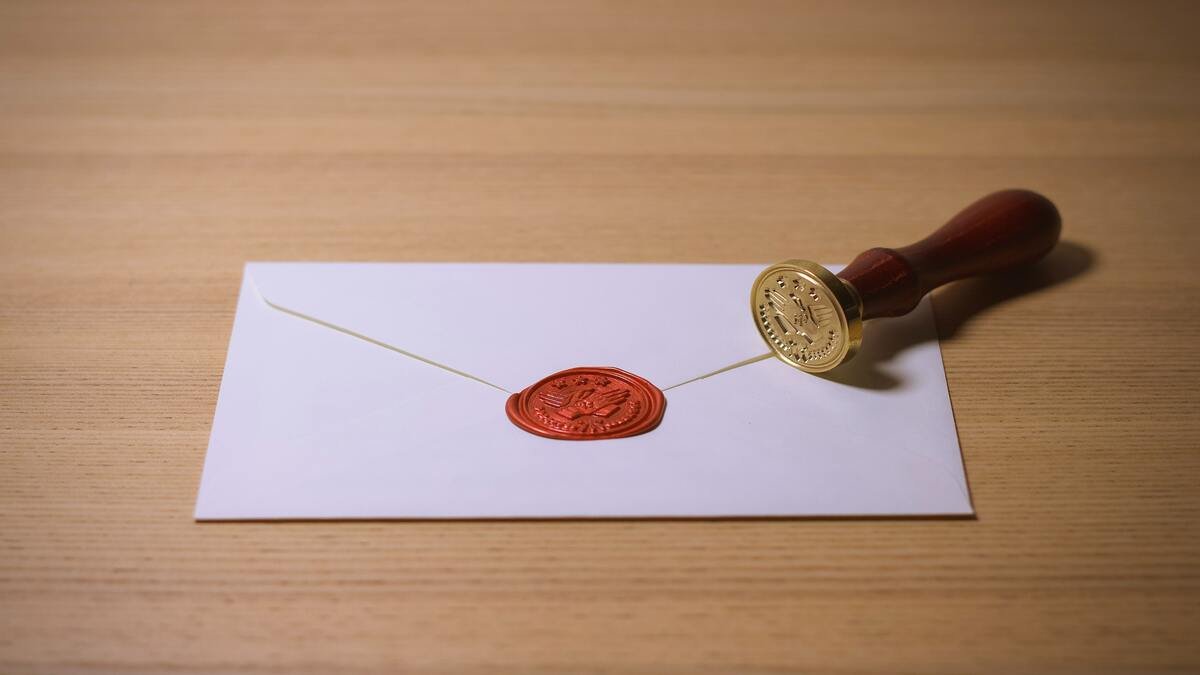Is Sealing Wax Recyclable?

Since the middle ages, sealing wax has been used to secure letters and many other official documents. Today, most people only use it for sealing wedding invitations.
If you use it for your other documents though, we’re not judging you. We understand the allure of this wax. After all, it does seem to give your documents some pizazz.
But what are you supposed to do with used or leftover sealing wax? Can you even recycle this substance? Well, that’s what we’re going to talk about today.
What is sealing wax made of?
When people first started using this substance, it was made of turpentine, beeswax, and some natural colorants. But things have changed since then. There are currently two types of sealing wax in the market – traditional and flexible wax.
While the former is made of paraffin wax/shellac and colorants, the latter has an extra ingredient – resin. Shellac is a natural resin that is made by lac beetles.
Keep in mind that shellac is usually preferred over paraffin wax for the creation of sealing wax. This is because, unlike paraffin wax, shellac hardens without leaving an oily residue. Whatever the case, a flexible type of wax for sealing is currently more popular than the traditional one – it’s just more practical for today’s mailing needs.
Is sealing wax different from candle wax?
Yes, sealing wax is different from candle wax. The latter can be wax derived from paraffin, beeswax, palm, or soy. On the other hand, sealing wax is usually made of shellac – this makes it harden more and be more brittle.
Also, candle wax can contain essential oils that give it a scent.
Is sealing wax recyclable?
No, sealing wax isn’t recyclable. The best you can do is melt it at home and use it again. But even this has its limits – melting this wax makes it stickier. As such, it can rarely be done more than once.
And even if someone opened a facility to professionally recycle this material, the sticky aftermath would just jam up machines.
Is sealing wax biodegradable?
The one that’s made of shellac and natural colorants are biodegradable. However, wax with synthetic resin or paraffin wax is not. So if you want to figure out if the specific type of sealing wax you have is biodegradable, you’ll have to read its ingredient list.
Keep in mind though – when wax for sealing was first introduced in the middle ages, it was 100% biodegradable.
How long does sealing wax take to decompose?
If the wax type you have is biodegradable, it can take a few weeks to several years to fully decompose in the soil or a compost heap. But if it’s not biodegradable, it will never fully decompose.
It may just break down into minute particles or its elements over several years.
How to properly dispose of sealing wax?
If your wax is made of shellac, natural colorants, and other biodegradable ingredients, you can toss it in your compost heap. If it has some synthetic ingredients though, you’ll have to throw it in the trash.
You can try recycling/reusing it by melting it down as we had discussed above before you settle on throwing it out.
Is sealing wax bad for the environment?
Wax made from shellac, natural dyes, and other natural ingredients aren’t bad for the environment. However, those with synthetic ingredients are, particularly because some of these ingredients are derived from crude oil.
What can you use instead of sealing wax?
If you don’t have any sealing wax left or are looking for a change, you can seal your letters with any of the following:
- Crayon – you can cut a few small pieces of wax crayon and melt them in a metal spoon before using the molten goo to seal your letter. Always wait for the wax to cool down before pouring it on your envelope though
- Glue – you can either use clear sticky glue to seal your letters or hard glue gun sticks to create something fancier, akin to what you’d make with sealing wax.
- Clay – this is a natural substance that you can use to seal your letters and even leave them with a decorative design
Always go for shellac!
If you regularly use sealing wax, try to always go for shellac wax. It is the most sustainable option out there and is more likely to have natural dyes and other natural ingredients. Not only does this make it easy to get rid of but it also makes it extremely eco-friendly!
